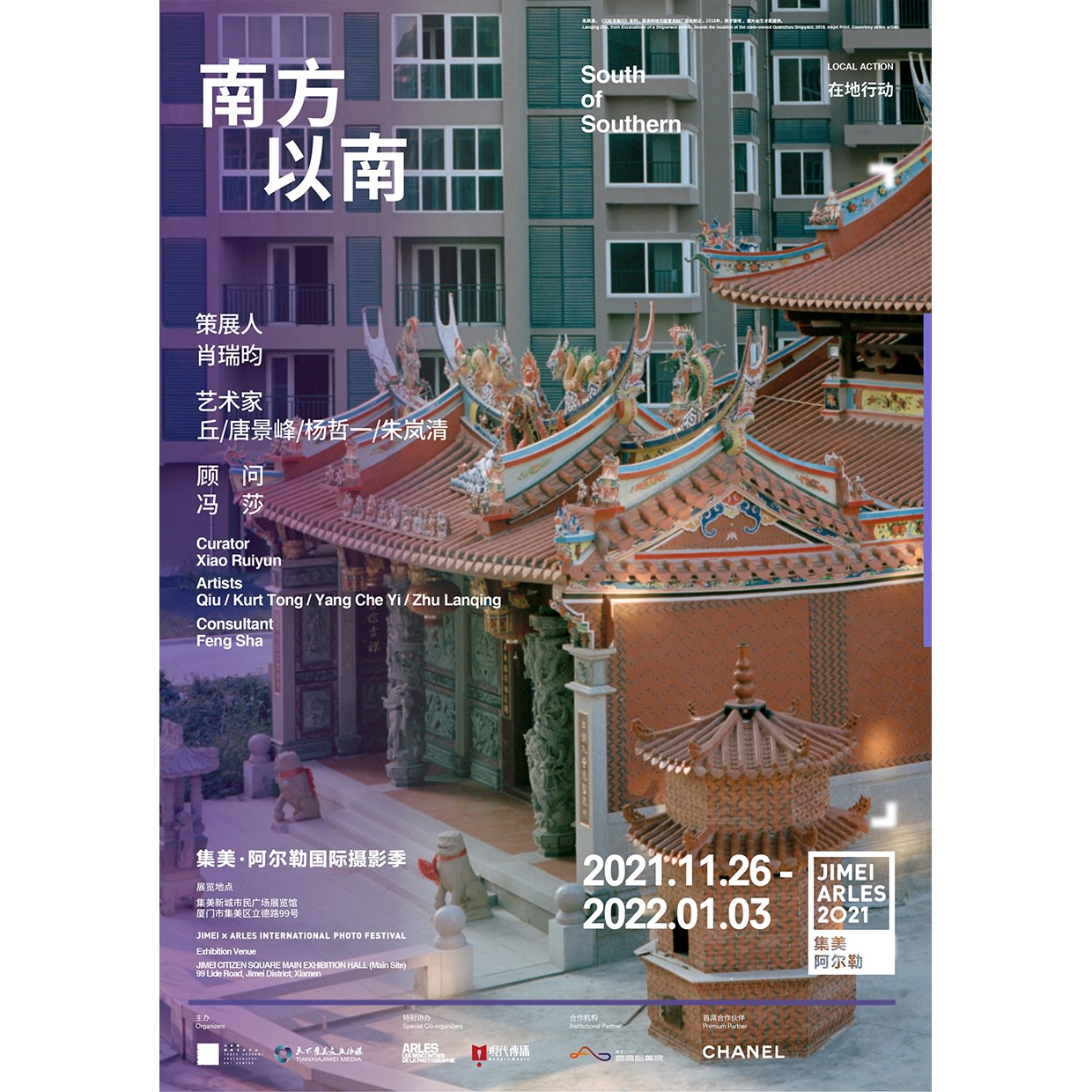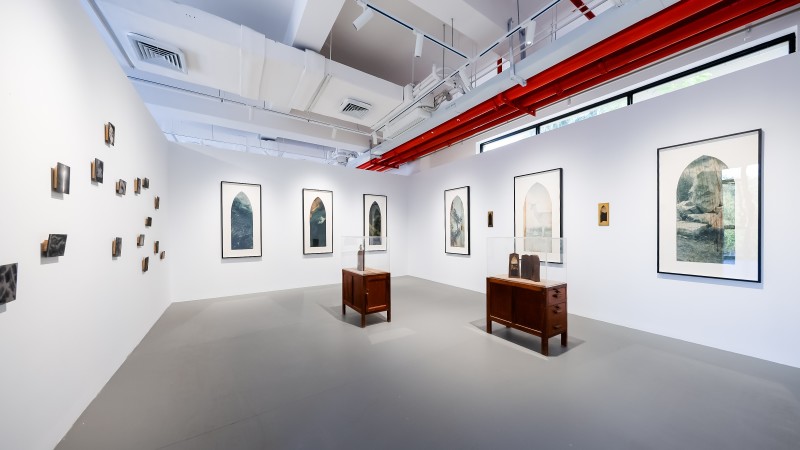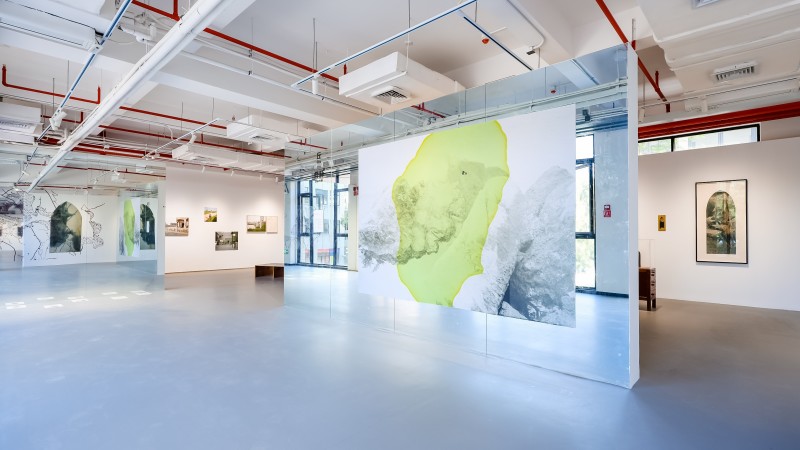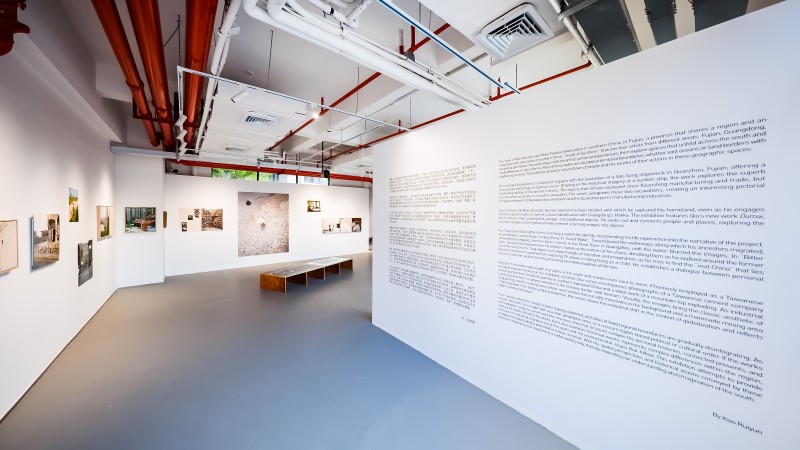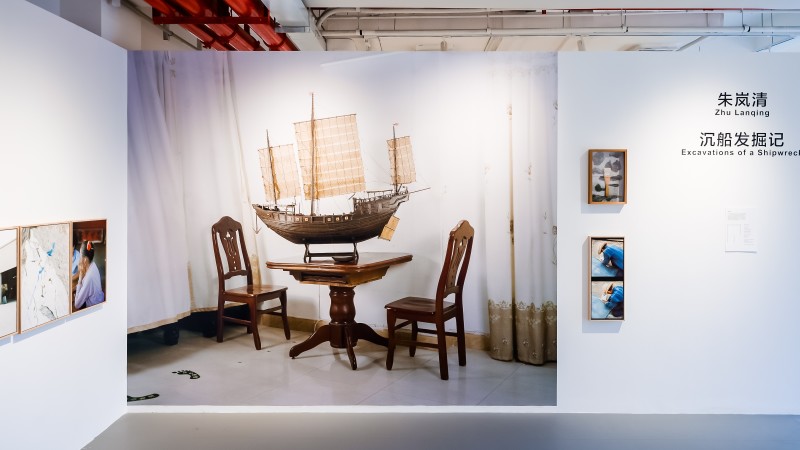South of Southern
Artists: Qiu, Kurt Tong,Yang Che Yi,Zhu Lanqing
Curator: Xiao Ruiyun
Consultant: Feng Sha
Institutional Partner: Luchao Kulangsu Art Park
The Jimei x Arles International Photo Festival takes place in southern China, in Fujian, a province that shares a region and an imagination with other parts of southern China. “South of Southern” features four artists from different areas: Fujian, Guangdong, Hong Kong, and Taiwan. The works begin with the artists’ personal experiences, then explore spaces that unfold across the south and reveal differences in cultural forms. Most of these works are situated at territorial boundaries, whether vast oceans or land borders with neighboring countries. This exhibition presents natural flows of people and the marks of their actions in these geographic spaces.
Zhu Lanqing’s Excavations of a Shipwreck engages with the excavation of a late-Song shipwreck in Quanzhou, Fujian, offering a contemporary archeology of regional culture. Drawing on the historical imagery of a sunken ship, the work explores the superb shipbuilding abilities of the ancient Chinese. The objects that remain represent once-flourishing manufacturing and trade, but they also serve as guides in a creative excavation. The series juxtaposes these two excavations, creating an interesting pictorial comparison between archeological documentation and the Quanzhou port’s manufacturing industries.
Since Chronicle and Wuxu Mountain, Qiu has retained the keen intellect with which he captured his homeland, even as he engages with the migration history of and his cultural identification with Guangdong’s Hakka. The exhibition features Qiu’s new work Dumai, which combines silver gelatin prints, lacquer, and traditional objects. He seeks out and connects people and places, exploring the rich historical layers and temporal wrinkles inherent in turning images into objects.
Kurt Tong’s Sweet Water, Bitter Earth is similarly a search for identity, incorporating his life experience into the narrative of the project. His photographic journey began in Hong Kong. In “Sweet Water,” Tong followed the waterways along which his ancestors migrated, submerging the negatives from his father’s family in the Pearl River in Guangzhou until the water blurred the images. In “Bitter Earth,” he placed the negatives from his mother’s family on the bottom of his shoes, abrading them as he walked around the former site of their family home. Tong draws on multiple threads of narrative and imagination, as he tries to find the “real China” that lies beyond his impressions gleaned from watching TV shows in Hong Kong as a child. He establishes a dialogue between personal narratives and larger spatial histories, presenting the intertextualities of the two.
Yang Che Yi followed a spatial path that starts in the south and travels from east to west. Previously employed as a Taiwanese geological engineer working on the mainland, his Shan-Shui series encompasses photographs of a Taiwanese cement company extracting gravel from limestone quarries in southern mainland China and a video work of a mountain top exploding. As industrial activity migrated west, his project extended to the Chinese border with Vietnam. Visually, the images bring the classic aesthetic of Song paintings into the contemporary context; most contain natural, lofty mountains in the background and a manmade mining area in the foreground. From Yang’s unique perspective, this series shows this industrial shift in the context of globalization and reflects larger environmental issues.
In our current context, the concept of place is being redefined, and ideas of fixed regional boundaries are gradually disintegrating. As a result, “the south” is no longer seen as a clear geographic area, or a constant region-based political or cultural order. If the works in this exhibition comprise a multi-narrative structure, then that structure contains the personal histories, connected presents, and views on the future offered in the works, but it also examines historical events, represents complex differences within the region, and traces the industrial migration out of the south and the environmental issues that follow. This exhibition attempts to provide an experience beyond what is presented in a local chronicle. With the spatial perspectives and historical visions conveyed by these artists, they respond to local viewpoints in a contemporary way, thereby expanding our understanding and imagination of the south.
By Xiao Ruiyun
